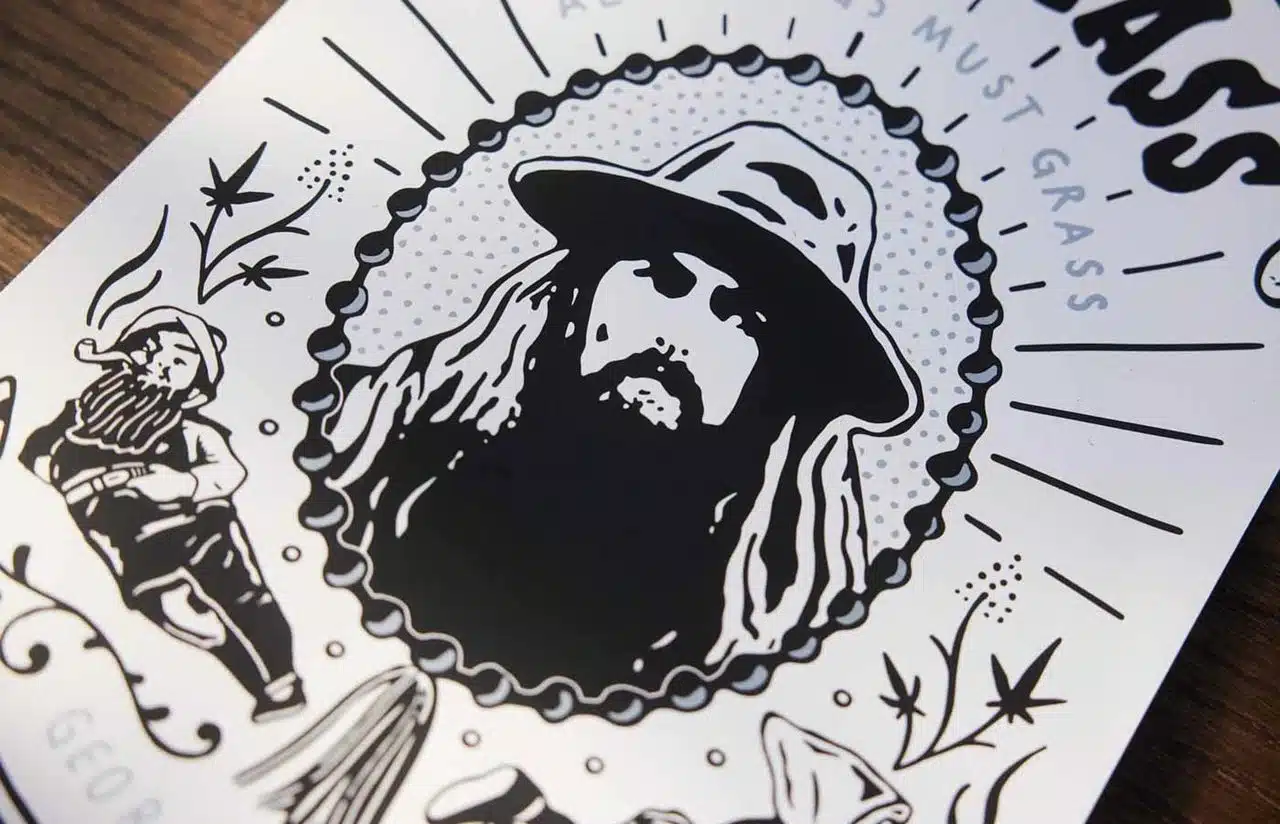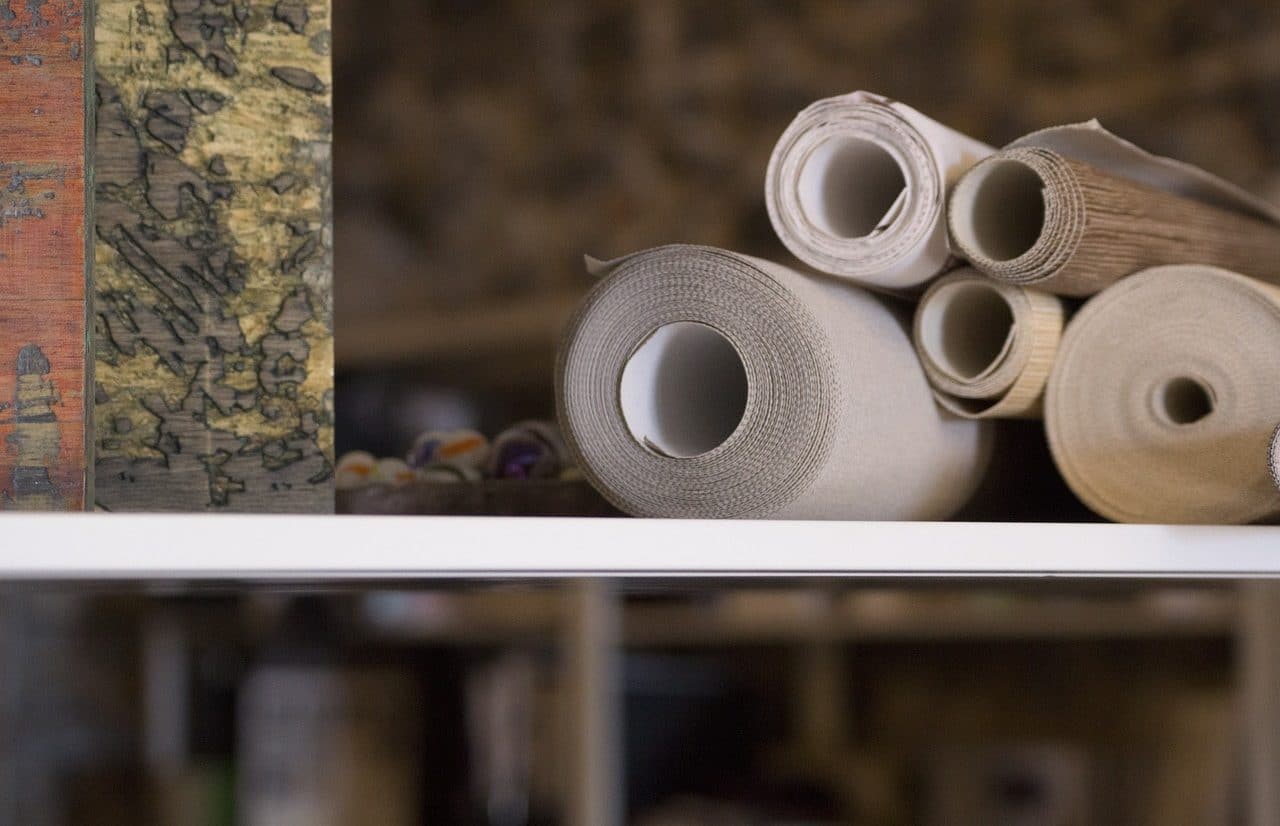
Screen printing is a printing method.
Screen printing is a process that allows printing a fabric through the use of ink and a mesh . The etymology of the term indicates that the combination between the Latin word serĭcum and the French word graphie resulted in séricigraphie and then in sérigraphie , the closest antecedent of the concept that we use in our language .
Screen printing, therefore, is a printing method that makes it possible to reproduce an image on different types of material without losing quality despite the repetitions of printing .
The technique is carried out with the transfer of ink using a mesh that is stretched in a frame. In those areas where printing should not be done, a varnish blocks the passage of ink. In the rest of the drawing, pressure is exerted on the tensioned mesh so that it prints the surface that you want to print.
History and news of screen printing
Historians believe that screen printing emerged in Ancient China . At the beginning of the 20th century , the technique began to be used in the United States to create advertisements. Over the years it also became popular among artists as a new form of expression .
Nowadays it is possible to use screen printing to print on almost any surface, from fabrics to paper , ceramics and metal . Screen printing allows you to reproduce works of art , create signs, print clothing, produce advertising marquees, make decals and decorate glass.
In this way, we can find in everyday life t-shirts, advertising posters, paintings, signage ads, bottles and labels that have been decorated using screen printing techniques.

Screen printing can be developed on various materials.
The technique at home
Screen printing can also be carried out at home, without the need for very specific materials or a large budget; On the contrary, it can be a very economical method to make all kinds of decorations or even to renew clothing . Next we will see how to print a design on our clothes , to give it new life if we do not have the money to entrust the work to a specialist or if we are enthusiastic about crafts.
First of all, the necessary materials for home screen printing are listed: the item of clothing that we want to modify; a clothes iron; crayons of different colors (also known as crayons); a minimum of two sheets of paper, preferably vegetal; a food grater or pencil sharpener; scissors or a cutter; cardboard or wooden board; a medium-sized container, such as a cup or glass.
Having gathered the materials, the most important decision comes: choosing the design we want to print on the item of clothing. And this entails other decisions, such as size, location and color(s). Thanks to this screen printing technique, it is possible to print drawings or phrases, so there are no limits to this first step. We must capture the design on a sheet and then cut it out; If we want to print the outline, we keep the internal part of the cutout, and vice versa.
Next, we place the garment on a table (or ironing board) and spread it until the surface on which we want to print is very smooth; To avoid mistakes, it is best to hold the ends with clothespins (known as “brooches” in some countries). Here comes another of the fundamental steps: placing the wooden or cardboard board under the layer of fabric that we will decorate, to prevent the printing from affecting the opposite side of the garment.
Then the most exciting part begins, since we must place the cutout on top of the clothing and grate the colored crayons , letting the shavings fall on the parts we want to stamp (the finer the shavings, the better results we will obtain). Finally, we cover all the remains of wax with a sheet and begin to give light touches with the hot iron, until we notice that the colors go through the paper and the design is clearly seen, at which time we let it rest for a few minutes, to then remove the cutout and enjoy our creation.
